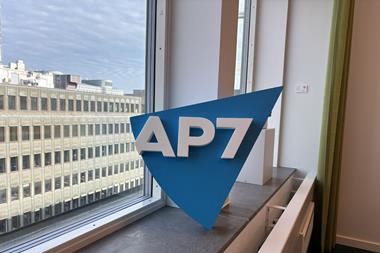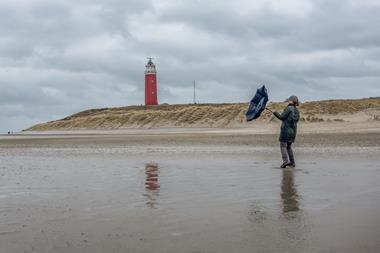EUROPE - Investing in works of art is likely to remain outside the scope of pension funds' interest for the foreseeable future despite recent attempts to increase awareness of the alternative asset class.
Only last week, a watercolour produced by Cezanne sold for $25.5m (€18.7m) which was previously owned by the UK British Rail Pension Fund (Railpen) until sold in 1989 for £2.35m (€3.4m).
And a new attempt to attract European pension fund investors to art as an investment also hit the market earlier this month with the arrival of the Art Trading Fund, a UK-based hedge fund seeking investment of up to £25m by its launch this summer, to buy and sell art over a three-year period.
European pension funds have expressed an interest in the Art fund but are unlikely to invest while the size of the fund they could invest in remains small, according to Art Trading Fund director Justin Williams.
"There is a well of money looking at [the fund] and we have been speaking to hedge funds, fund of funds and have the attention of the big pension funds," said Williams.
"But they might want to allocate 1-10% of their assets for diversification and we are only looking for £25m. In order to really get on their radar we need to be bigger but we have a business model which allows us to take investment of up to £75m and once we are up and running it would be easy enough to sell it at a larger size," added Willliams.
At this stage, Art Trading Fund has raised £12m through four European institutional investors as well as smaller private investors.
The only European pension fund ever to make a serious investment in art was Railpen in the mid-to-late 1970s when the fund sought to hedge against inflation by allocating 4% of the fund to buying and selling individual pieces of art. But it was a route many other pension funds believed risky and illiquid, so failed to take off and the last of the Railpen-owned works was sold in 2003, according to a spokesman for Railpen.
Today, the complications of investing in art are somewhat higher and likely to mean pension funds will continue to ignore art as a form of investment for the foreseeable future, according to Chris Lewin, former UK head of pensions at Unilever, and a self-confessed art lover who earlier worked at Railpen.
"There are now no pension funds with any interest [in art] because you need a large amount of money to justify employing a manager and the storage costs, and things have changed since Railpen made most of their purchases between 1974 and 1979," said Lewin.
"The main objective of pension funds was to get a hedge against inflation in the long-term and it seemed worth trying. But now there are more opportunities for pension funds to diversify their portfolios," he added.
More importantly, any fund which sought to buy and sell art short-term, either through a packaged fund or directly, could see their goods shunned by the art world and therefore make investments more illiquid than perhaps anticipated, as dealers do not like to see works return to the market quickly, suggested Lewin.
"I would remain very wary of any fund which intends to buy and sell. The art market doesn't like works to be resold because they believe there is something wrong, perhaps it is faulty in some way or may even have been stolen, " he added.












No comments yet